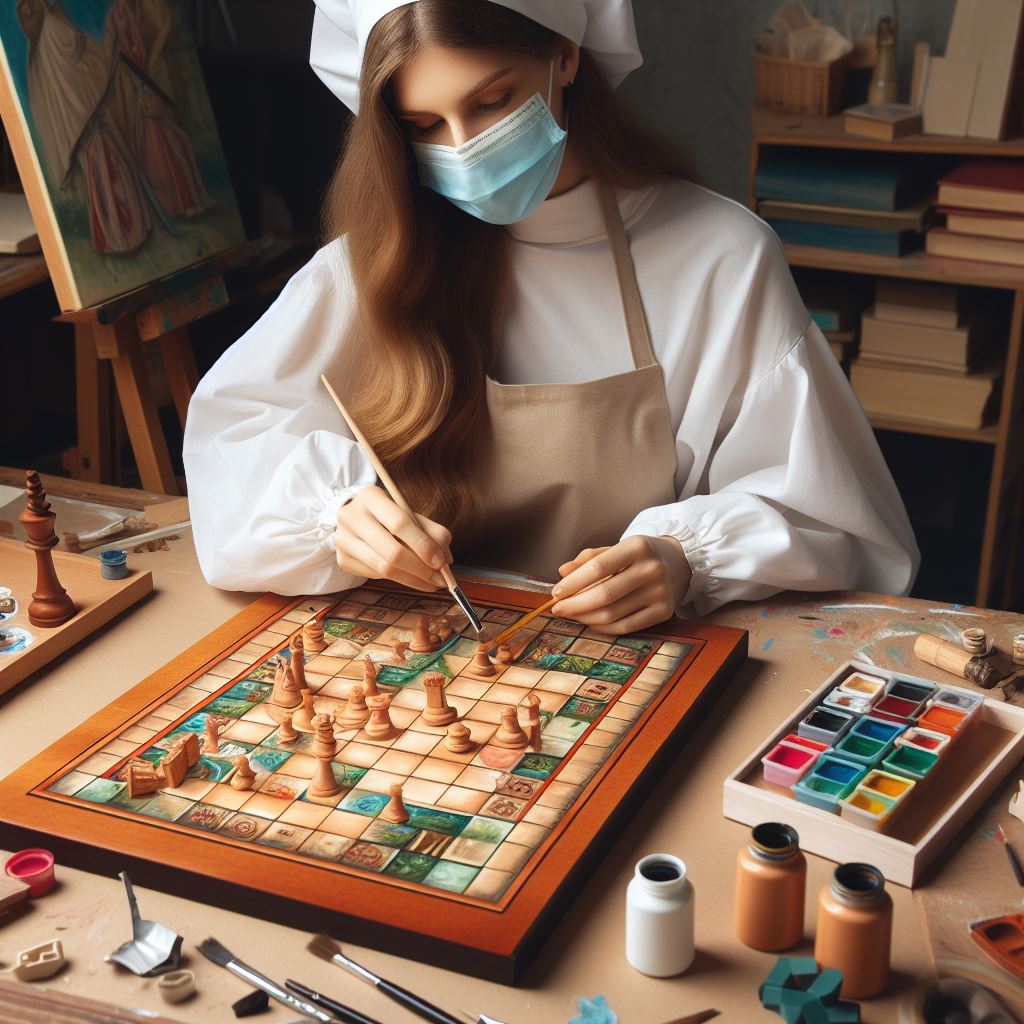Brett J. Trout
Whenever you create an original work of authorship, such as a book or artwork for a board game, you own the copyright in that work of authorship as soon as you fix your work in a tangible medium. So what is fixing a work in a tangible medium and why is it necessary? Fixing the work in a tangible medium basically means that you have recorded your work in a way that allows you to communicate your work to others. This can be making a prototype of your board game, storing the artwork on a thumb drive, printing 3D miniatures, etc. Basically, as soon as you record your artwork in some manner, you obtain copyright in that work.

So why have the fixed in a tangible medium requirement anyway? The requirement of fixation in a tangible medium requirement avoids the intractable issues that would be associated with people claiming copyright in ideas. Without a fixation requirement, anyone could claim they wrote any hit song or a hit movie script and sue for copyright infringement. Simply put, no one is allowed to claim copyright in mere ideas. So what parts of your board games can you protect with copyright? Among other things, you may protect your box art, graphic design, minis, characters, text, card art, etc. Ans which parts of your board games are not covered by copyright? By statute, copyright protection does not apply to “any idea, procedure, process, system, method of operation, concept, principle, or discovery.” For functional aspects of your board game such as the game mechanics you have to use patents, rather than copyright, to protect them.
Now that you have fixed your work in a tangible medium and obtained your automatic copyright you are all set, right? Possibly. If you ever actually intend to enforce your copyright in court against an infringer, however, you must first register the copyright with the United States Copyright Office. Unlike registering patents and trademarks, when you register your copyright you do not have to prove that you are the first one to create the copyrightable work. The work only has to be original to you. So, theoretically, two people could own the copyright in the exact same artwork. This actually works to your benefit when it comes to registration. Since there is no requirement of that your copyrightable work be unique, the Copyright Office does not have to undertake a search for similar works before registering your copyright. This makes the copyright registration process cheaper and faster than obtaining a trademark registration on the name of your board game and significantly cheaper and faster than obtaining a patent on one or more of your board game mechanics.





Recent Comments